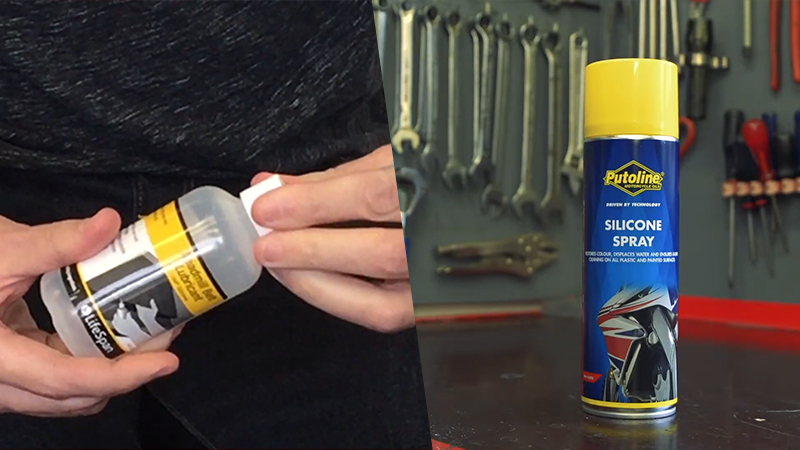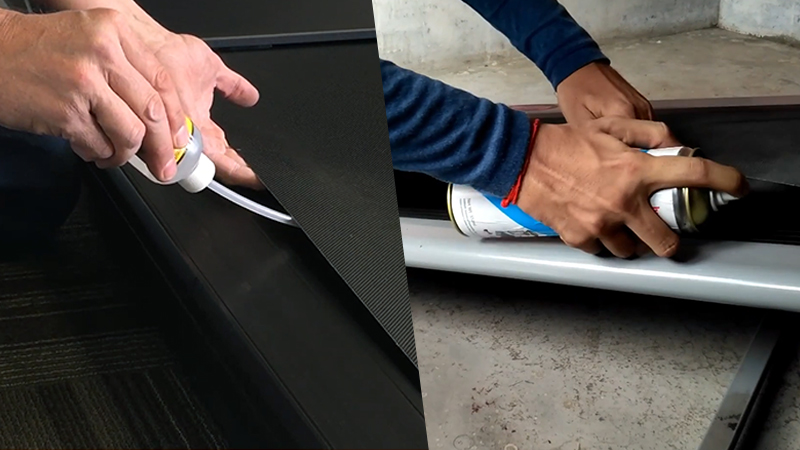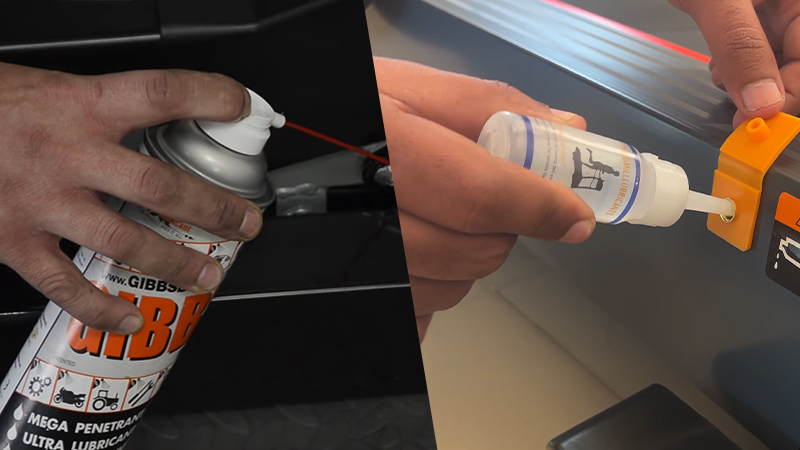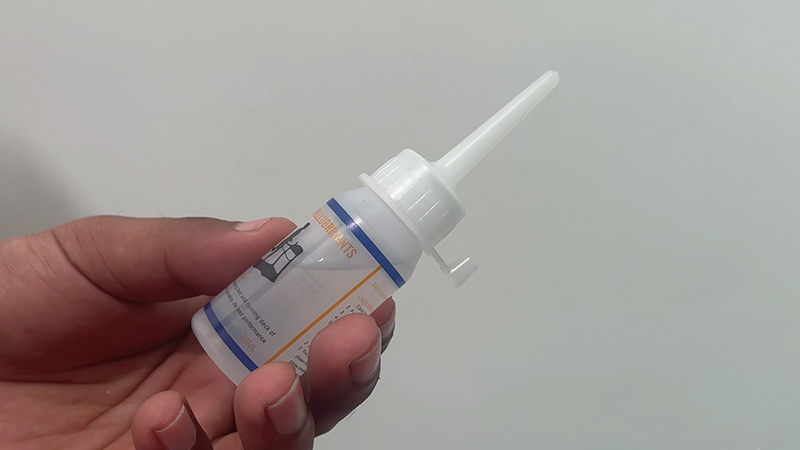When you’re wondering about the distinction between treadmill lubricant and silicone-based alternatives, understanding the nuances can save you time and money.
Treadmill lubricants are specifically formulated to reduce friction between the belt and deck, ensuring optimal performance and longevity.
On the other hand, silicone-based lubricants offer a versatile solution for various applications beyond treadmills.
Proper lubrication plays a crucial role in maintaining your treadmill’s efficiency and preventing premature wear and tear. By choosing the right lubricant for your equipment, you can enhance its performance and extend its lifespan.
Whether you opt for a dedicated treadmill lubricant or a silicone-based alternative, the key is to prioritize regular maintenance to keep your machine running smoothly.

Understanding Treadmill Lubrication
Understanding treadmill lubrication is crucial for maintaining the longevity and performance of your treadmill.
Here’s a breakdown of what you need to know:
The Role of Lubricants in Treadmill Maintenance
Lubricants play a crucial role in the maintenance of your treadmill by reducing friction between the belt and deck surfaces.
By applying the right lubricant, you ensure smooth operation, optimal performance, and an extended lifespan for your treadmill.
Proper lubrication not only enhances the efficiency of the drive system but also minimizes wear and tear on essential components.
Regularly lubricating your treadmill is key to preventing premature damage and ensuring consistent performance.
Types of Treadmill Lubricants
There are different types of lubricants available for treadmills, with silicone-based lubricants being the most recommended choice.
Silicone lubricants, typically in spray or gel form, are specifically designed to provide the necessary lubrication for treadmill belts and decks.
Using silicone-based lubricants ensures that the lubricant is evenly distributed across the surface, promoting smooth movement and reducing friction.
It’s important to avoid using petroleum-based products like WD-40, as they can cause damage to your treadmill. Always refer to your treadmill’s user manual to determine the appropriate type of lubricant required for optimal maintenance.
Difference Between Treadmill Lubricant and Silicone Spray

When it comes to treadmill maintenance, lubrication is key to ensuring smooth operation and extending the lifespan of your equipment.
Two commonly used products for lubricating treadmills are treadmill lubricant and silicone spray.
While both serve the purpose of reducing friction between the belt and deck, they differ in their composition, application methods, and effectiveness.
Here’s a comparative table highlighting the distinctions between treadmill lubricant and silicone spray:
| Criteria | Treadmill Lubricant | Silicone Spray |
|---|---|---|
| Composition | Typically silicone-based, may contain additional additives for durability and performance | Primarily silicone-based, may contain additional lubricants or propellants |
| Application | Applied directly to the treadmill belt and deck, usually in liquid form using a nozzle or applicator | Can be sprayed onto various surfaces including treadmill belts and decks, typically in aerosol form |
| Lubrication Duration | Provides long-lasting lubrication, reducing the frequency of reapplication | Lubrication may wear off more quickly, requiring more frequent application |
| Attraction of Debris | Minimal attraction of dust and debris, helping to keep the treadmill cleaner | May attract dust and debris due to its formulation, potentially requiring more frequent cleaning |
| Moisture Resistance | Offers good moisture resistance, protecting treadmill components from rust and corrosion | May offer moderate moisture resistance, but not specifically formulated for high humidity environments |
| Compatibility with Treadmill Parts | Specifically formulated for treadmill belts and decks, ensuring optimal performance and longevity | Multi-purpose, may not be specifically designed for treadmill components, potentially leading to less effective lubrication |
Silicone Lubricants vs. Other Treadmill Lubricants

Silicone lubricants are often preferred for treadmill maintenance, but it’s helpful to understand how they compare to other types of lubricants commonly used for treadmills:
The Science Behind Silicone Lubrication
Silicone lubricants are specifically formulated for treadmill maintenance, offering superior performance due to their ability to reduce friction effectively.
The silicone-based composition helps to disperse heat, ensuring smooth operation of the drive system by minimizing wear on crucial components.
By creating a protective barrier between the belt and deck surfaces, silicone lubricants extend the usable life of your treadmill, optimizing its efficiency and minimizing the need for frequent maintenance.
Comparing Performance and Suitability
When comparing silicone lubricants to other treadmill lubricants, the difference lies in their long-lasting performance and suitability for treadmill applications.
Unlike petroleum-based lubricants like WD-40, silicone lubricants are designed to provide consistent lubrication without damaging treadmill components.
Silicone lubricants excel in maintaining optimal treadmill operation, ensuring seamless performance over time and preventing premature wear and tear.
Their compatibility with various treadmill models and materials makes silicone lubricants a preferred choice for enhancing the longevity and functionality of your treadmill.
Criteria for Selecting the Right Treadmill Lubricant

Selecting the right treadmill lubricant involves considering several important criteria to ensure optimal performance and longevity of your equipment.
Here are key factors to consider:
Viscosity and Consistency
When selecting the right treadmill lubricant, consider the viscosity and consistency of the product. Opt for a lubricant with a viscosity that allows for smooth application and even distribution across the treadmill belt and deck.
A lubricant with the right consistency ensures that it adheres well to the surfaces without dripping or causing a mess during application.
Application Methods
Another crucial criterion to consider is the application method of the treadmill lubricant. Look for lubricants that come with easy-to-use application methods such as aerosol sprays with small straws for accurate and precise application.
These methods help you apply the lubricant evenly and reach difficult areas under the treadmill belt, ensuring comprehensive coverage to maximize effectiveness.
Durability and Longevity
When choosing a treadmill lubricant, prioritize durability and longevity. Opt for lubricants that are water-resistant and contain corrosion-resistant additives to protect against rust.
A durable lubricant not only provides long-lasting performance but also minimizes the frequency of reapplication, saving you time and effort in treadmill maintenance.
Investing in a lubricant known for its longevity can significantly extend the life of your treadmill and keep it running smoothly for an extended period.
Frequently Asked Questions
Can I use any type of lubricant for treadmill maintenance?
While some generic lubricants might work, it is best to use a silicone-based lubricant specifically designed for treadmills to ensure proper performance and longevity of the machine.
How often should treadmill lubrication be done?
For optimal treadmill conditions, it is recommended to lubricate the treadmill belt every 3 to 6 months, depending on usage frequency and intensity.
Can I Use Blaster Silicone Spray on My Treadmill?
Yes, you can use Blaster Silicone Spray on your treadmill, as it is a silicone-based lubricant suitable for various applications including treadmill maintenance.
Can You Use Any Silicone Lubricant on a Treadmill?
Not every silicone lubricant is suitable for treadmills, as some may contain additives or propellants that could be harmful to treadmill components; always check the manufacturer’s recommendations for treadmill lubrication.
Can I Use Silicone Spray on My Treadmill?
Yes, silicone spray can be used on your treadmill to lubricate the belt and reduce friction for smoother operation.
Conclusion
Silicone-based lubricants offer numerous advantages for maintaining your treadmill, ensuring optimal performance and durability.
By selecting the right lubricant and following proper application techniques, you can reduce friction, disperse heat, and prolong the lifespan of your treadmill.
Regular lubrication is key to preventing issues such as belt stickiness and premature wear. Remember to follow the recommended guidelines for lubricating both new and used treadmills to keep them running smoothly.
Stay proactive in monitoring signs that indicate the need for lubrication to maintain an efficient workout experience.
By prioritizing treadmill maintenance and lubrication, you can enjoy seamless workouts and extend the longevity of your equipment.
I am a fitness equipment salesman and a gym trainer with over ten years of experience in the industry.
I have worked with many brands such as Adidas, Nike, Under Armour, and more to provide my customers with the best product for their needs. I love working in this industry because I get to work with people from all walks of life.
I have been in this industry for over ten years now and I plan on continuing to work in it for many more years to come.